Peanut Butter Market Summary
As per MRFR analysis, the Peanut Butter Market Size was estimated at 7.57 USD Billion in 2024. The Peanut Butter industry is projected to grow from 8.075 USD Billion in 2025 to 15.4 USD Billion by 2035, exhibiting a compound annual growth rate (CAGR) of 6.67 during the forecast period 2025 - 2035.
Key Market Trends & Highlights
The Peanut Butter Market is experiencing a dynamic shift towards health-conscious and innovative products.
- Health-conscious consumers are increasingly favoring low sodium options, driving growth in this segment.
- Flavor innovation is becoming a key differentiator, with brands exploring unique and exotic flavors to attract diverse palates.
- E-commerce is rapidly expanding as a preferred shopping channel, particularly among younger demographics in North America.
- Rising demand for plant-based proteins and increased snacking trends are major drivers propelling market growth, especially in the creamy and no sugar segments.
Market Size & Forecast
| 2024 Market Size | 7.57 (USD Billion) |
| 2035 Market Size | 15.4 (USD Billion) |
| CAGR (2025 - 2035) | 6.67% |
Major Players
Jif (US), Skippy (US), Peter Pan (US), Nutella (IT), Smucker's (US), MaraNatha (US), Crazy Richard's (US), Adams (US), SunButter (US)


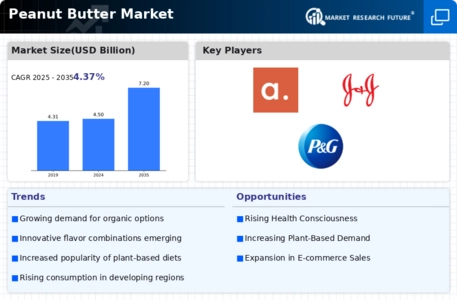
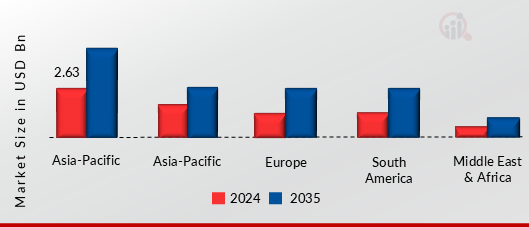

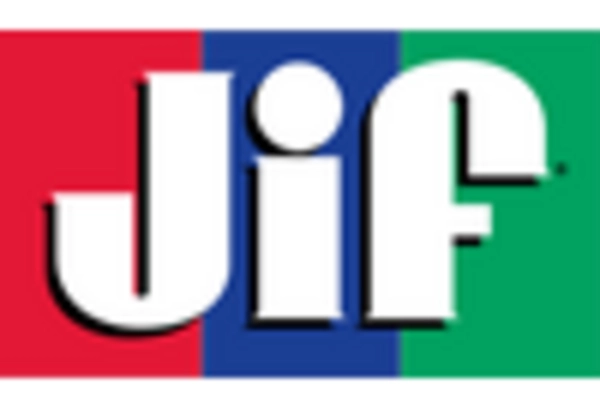

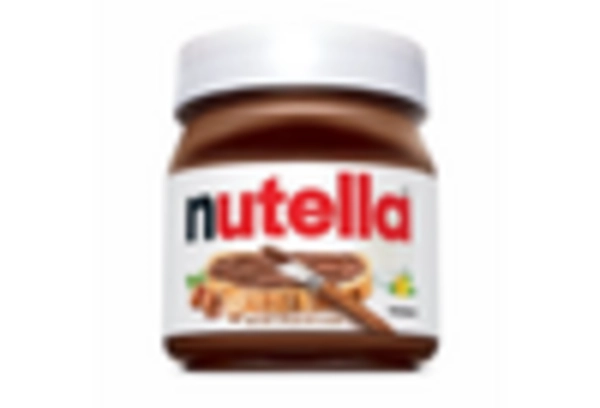


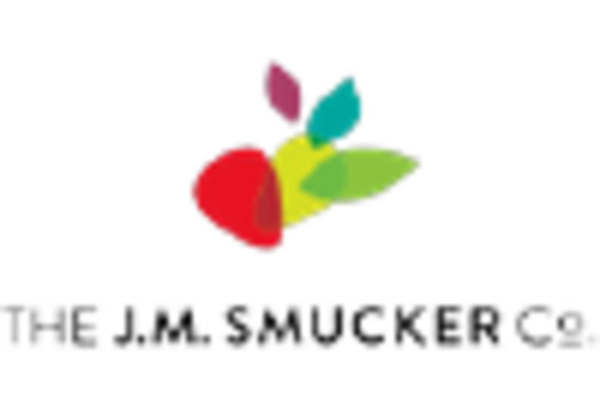








Leave a Comment